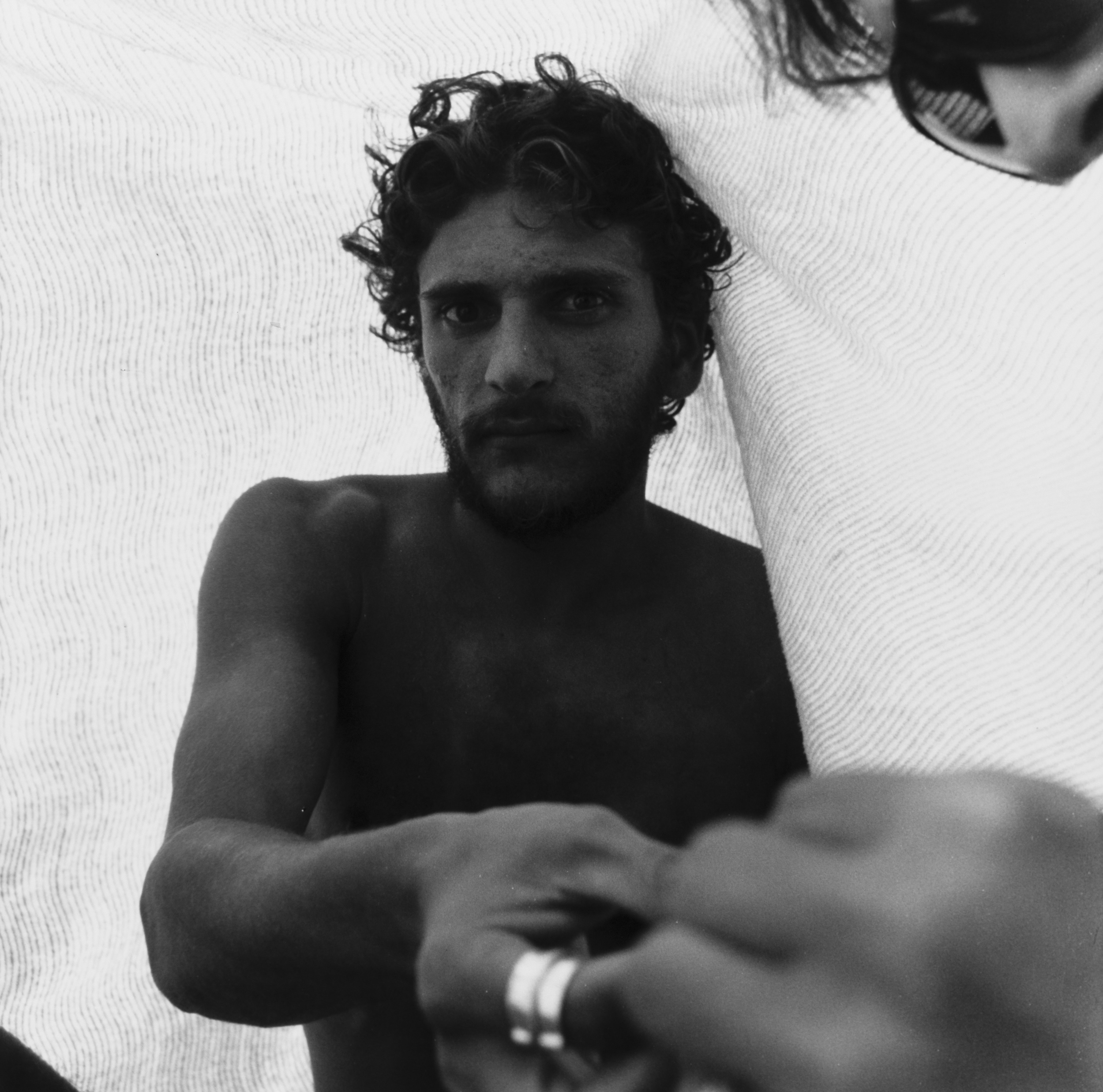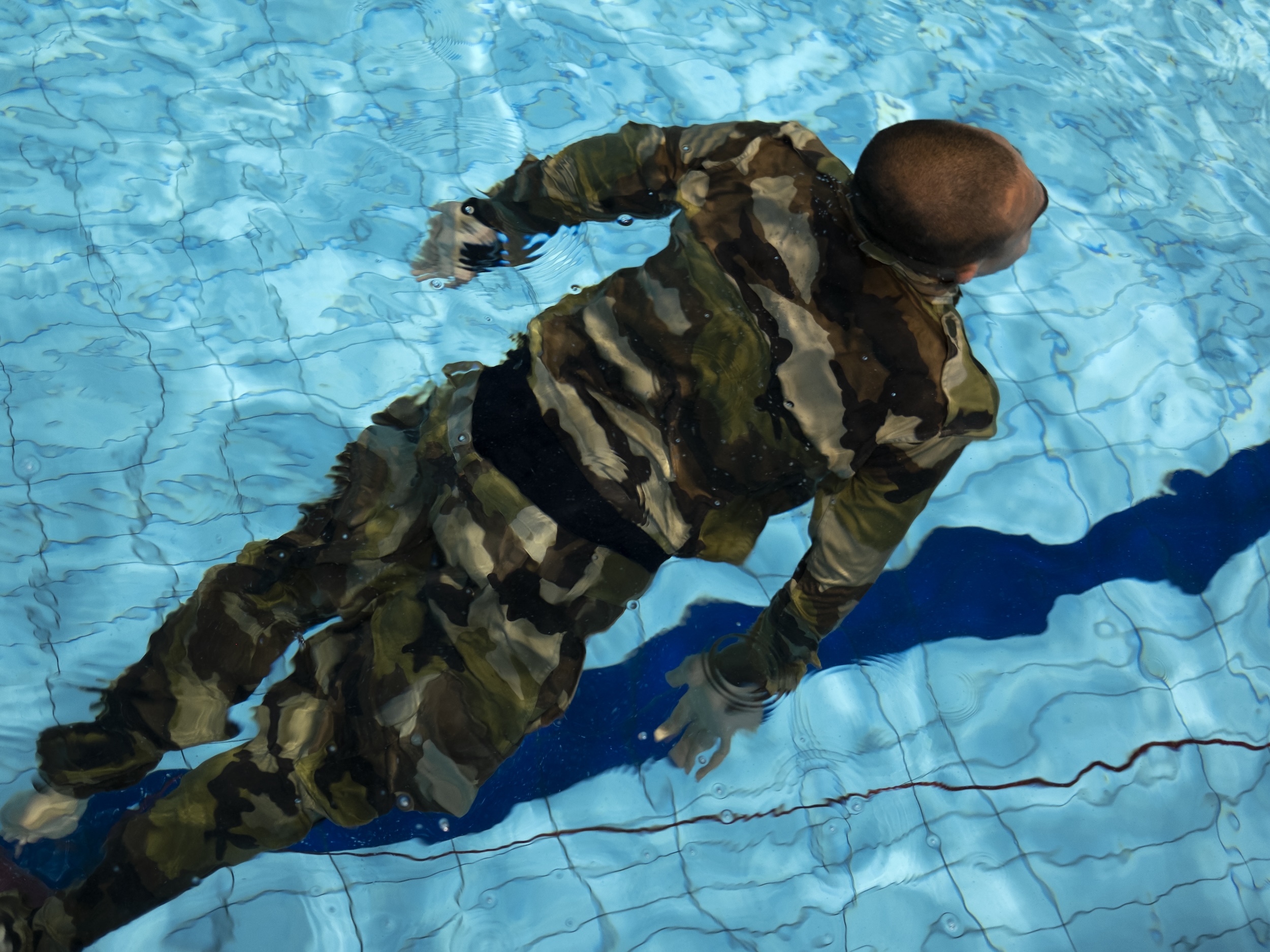Patria Nostra © Julie Joubert
The world’s biggest photography festival, Arles largely avoids urgent politics, but includes many interesting exhibitions around images and how we use them
This year Les Rencontres de la Photographie Arles is themed Disobedient Images; in some ways the theme rings true, with artists from the majority world questioning received opinions and the established ways to depict them. On the other hand, the festival toes a line. Mostly avoiding directly political work, its exhibitions by Letizia Battaglia and French documentary agency MYOP are retrospective, suggesting a more urgent world of press photography that is now vanishing, or perhaps that it’s easier to show conflicts when they’re over.
Did anyone get to see everything? With a wealth of exhibitions and fringe shows dotted across Arles’ historic centre, it’s doubtful, but perhaps that’s partly the point; the opening week is as much about meetings and connections as it is about the exhibitions, with attendees swapping notes on recommendations and what they missed. With this hive spirit in mind, Team BJP joins together to highlight a top ten – with some sad omissions, including Battaglia and MYOP, here’s what Dalia Al-Dujaili, Zoe Harrison, Diane Smyth, and Sinead Solomon enjoyed most, in no particular order.
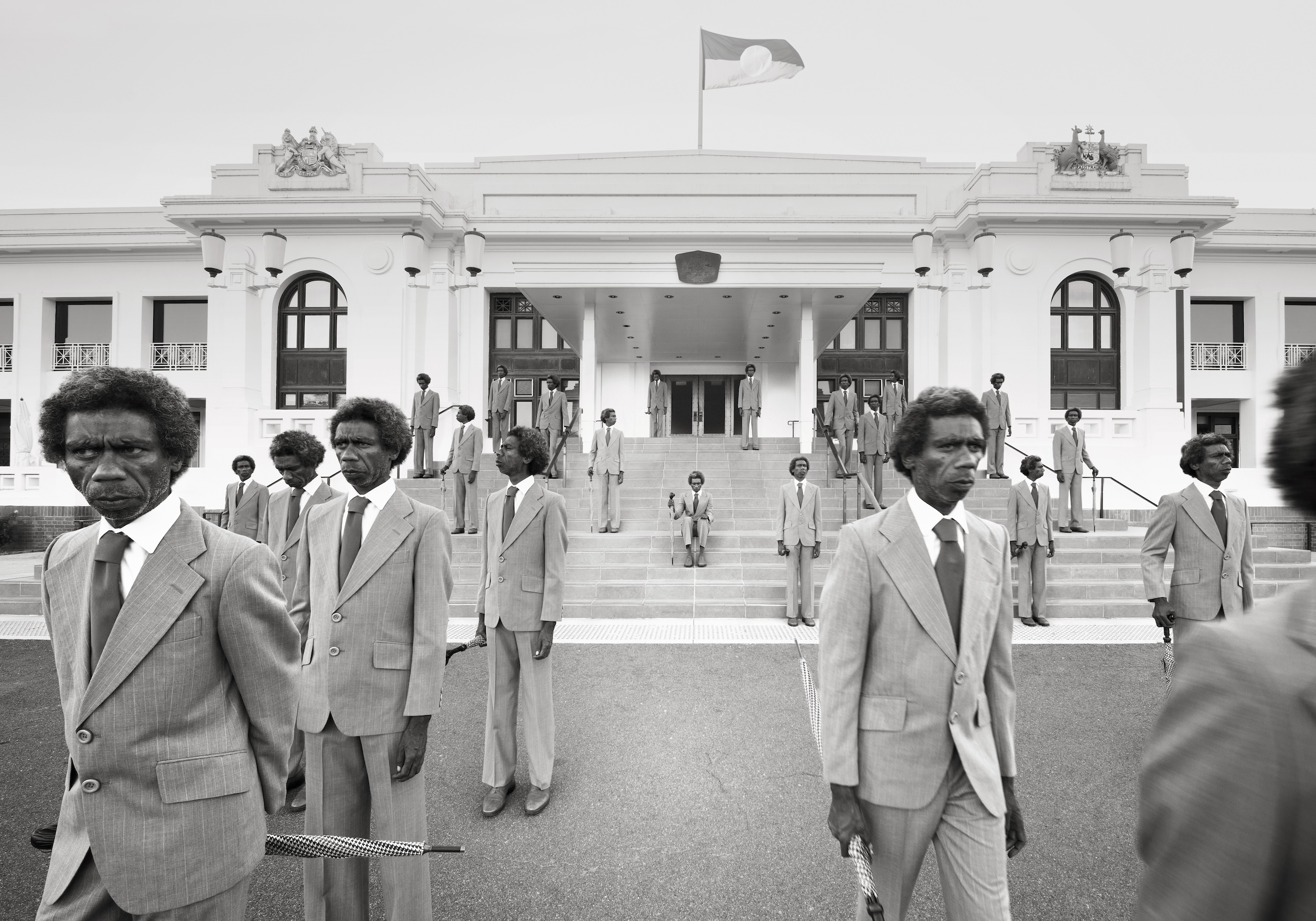
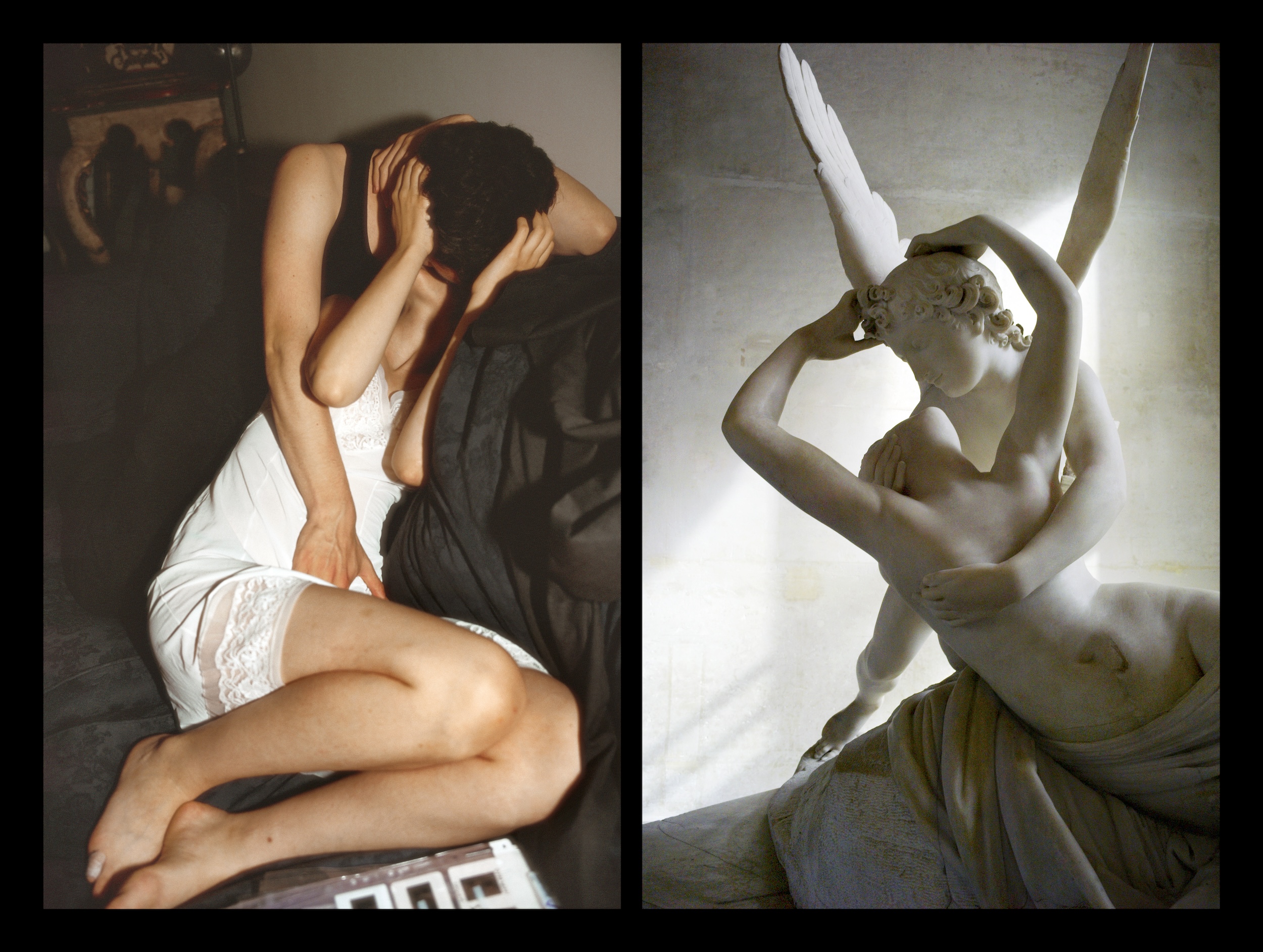
In Praise of Anonymous Photography
At the medieval Cloître Saint-Trophime, a collection of images put together by Marion and Philippe Jacquier draws attention to why we take photographs, if they’re not intended for publication or wider display. In Praise of Anonymous Photography harks back to flicking through family photo albums but it also encompasses eroticism and war, all explored through the lenses of unknown image-makers. Jean’s Album creates a photographic map of a brief relationship between a young couple, for example, photographs of streets marked with red crosses and scribbled with notes offering a view of 1930s Paris through the misty eyes of heartbreak. Elsewhere are self-portraits of Lucette, an older woman who photographed herself in her travels around the world, between 1954 and 1977. Documenting the many exciting locations she visited, the images also seem to affirm – as they do for so many – ‘I was here, I matter’.
An Assembly of Sceptics, 2025 Discovery Award Louis Roederer Foundation
Upstairs at the Monoprix, one of Arles’ best venues, the Discovery Award show presents seven new, much-needed voices in photography; Octavio Aguilar, Julie Joubert, Heba Khalifa, Daniel Mebarek, Musuk Nolte, Zuzana Pustaiová, and Denis Serrano. The works tackle male mental health in Mexico, media distrust in Slovakia, and female memory in Cairo; from Amazonian rituals to indigenous language revival, each project uses photography to navigate identity, displacement, and history. Curated by César González-Aguirre, the show feels personal and political, the latter a note somewhat lacking elsewhere in the festival; viewers are invited to reimagine the present through each artist’s very specific lens.
Julie Joubert’s Patria Nostra is an intimate look at the French Foreign Legion, for example, a place where young men from elsewhere come to rebuild their lives. Joubert explores how identity gets reshaped under pressure, where discipline and uniformity mask complex personal histories. She zeroes in on physicality, how a posture or scar can quietly betray emotion, while raising sharp questions about nationalism, sacrifice, and the value we place on certain lives. Surreal and sensual, this work went on to win the Public Award and was a favourite for many in the opening week.
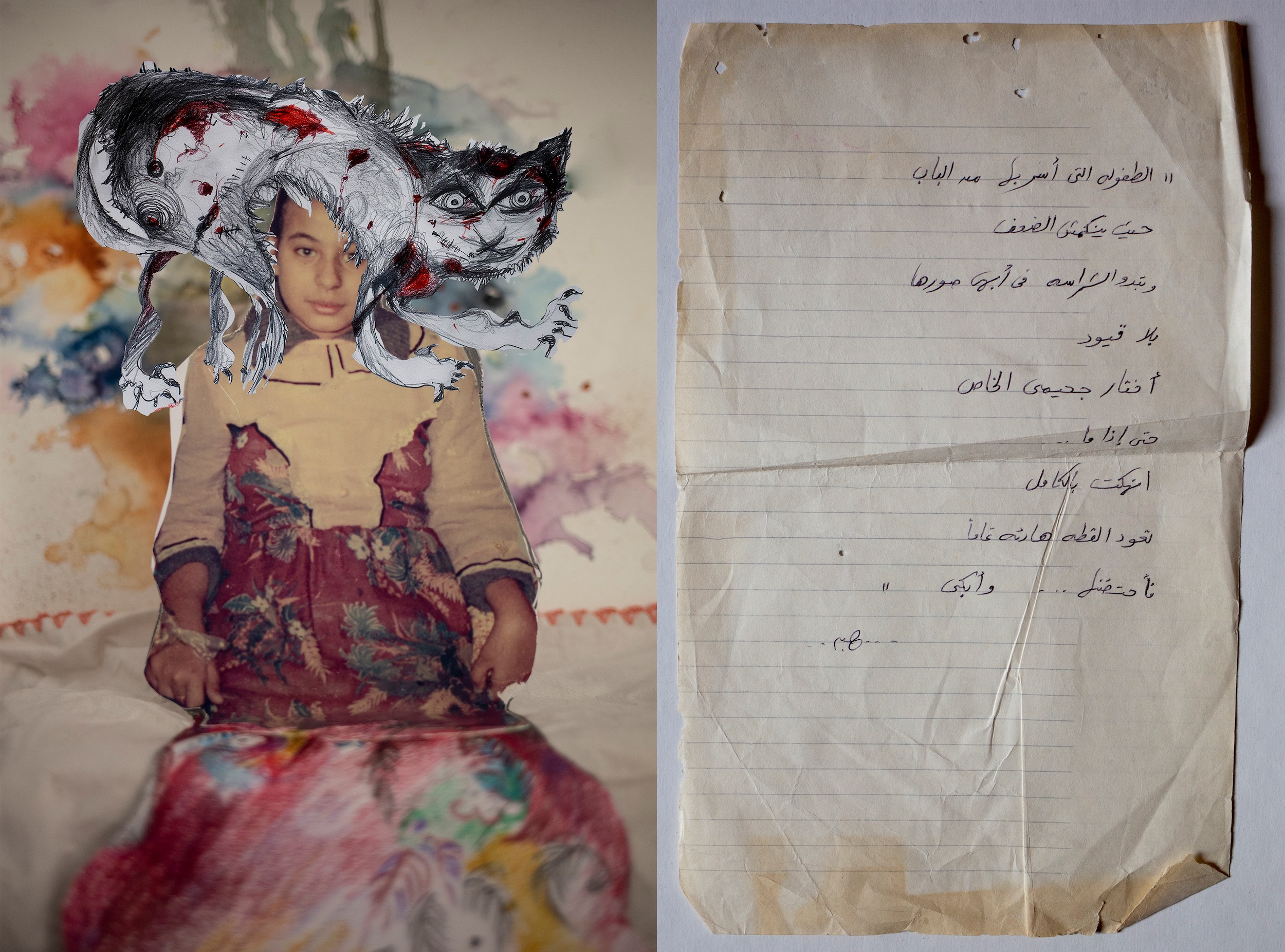
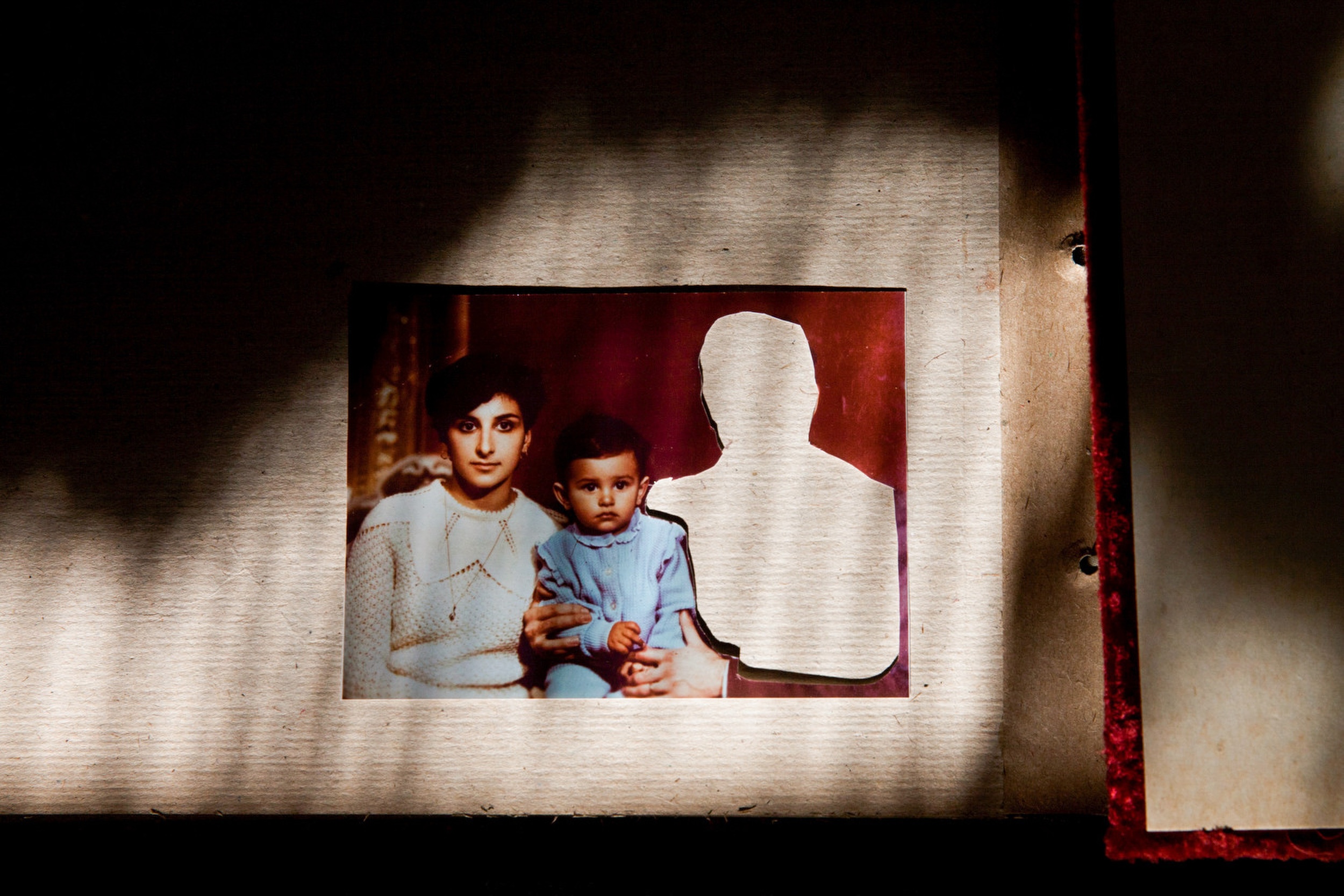
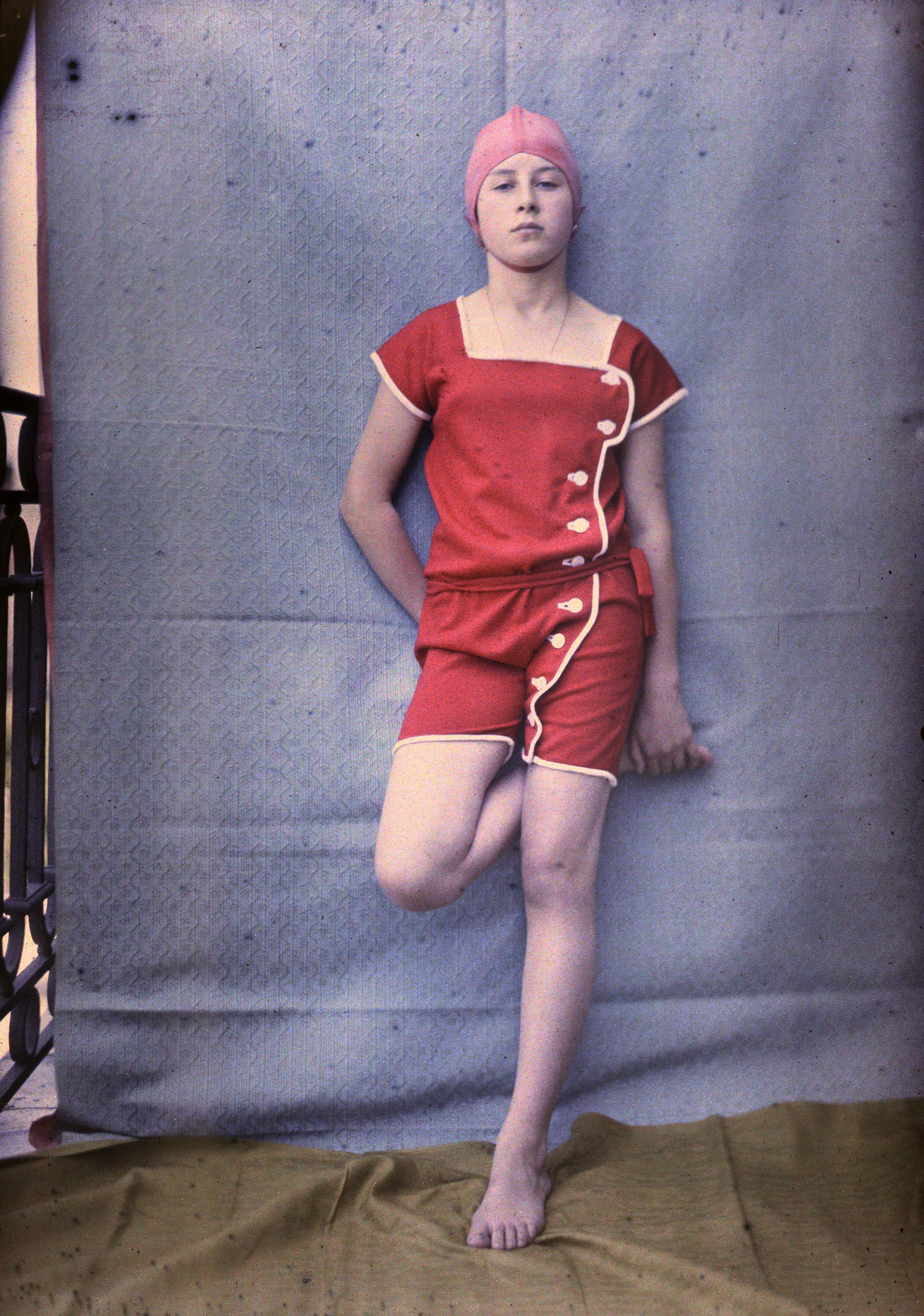
Retratistas do Morro, João Mendes and Afonso Pimenta, Reflections from Serra Community, Belo Horizonte (1970-1990)
Retratistas do Morro is a rich tribute to João Mendes and Afonso Pimenta, two self-taught photographers who have spent decades documenting life inside the Serra favela in Belo Horizonte, southeastern Brazil. Conceived by artist Guilherme Cunha, the project is part archive, part living memory, including over 250,000 photographs to reveal a deeply local, often-overlooked history. The selected images displayed at Arles capture everyday beauty and resilience, offering a counter-narrative to the ways in which favelas are so often portrayed. The work transforms nostalgia into a statement on agency, representation, and remembering and, through these portraits, the community sees itself.
ENSP Generation – Calista Bizzari Malou, Mathis Clodic and Rıfat Göbelez
Featuring three new graduates from Arles’ École nationale supérieure de la photographie, ENSP Generation includes stand-out, innovative work by emerging artist Mathis Clodic. Re-entering the dusty digital ruins of Call of Duty: Modern Warfare 2, a game that shaped a generation, Clodic gathers glitchy, half-forgotten “Out of Map” landscapes, eerie memory spaces frozen in 2009, where burning helicopters are still smouldering in An Eternal Wasteland. Using wet collodion photography, he turns discarded game avatars into ghostly portraits, fragile and strangely human, while in his video piece, Le Dormeur du Val, he overlays this virtual terrain with Rimbaud’s poetry, suggesting a soldier forever asleep. Clodic’s work feels like a digital archaeology, less about gaming, more about memory, trauma, and the emotional residue left behind in our virtual playgrounds.
Strangers, Jia Yu, 2024 Jimei x Arles Discovery Award winner
Located a few metres past Arles train station in a disused SNCF train hangar, Jia Yu’s Strangers is a mixed media exhibition combining video interviews shown on screens, portraits displayed bare to the wall, and objects laid in a case. An important demonstration of photography’s power to build, honour and affirm memory, the paired-back installation lets Yu’s work speak for itself. Yu, an elementary school teacher from the Tibetan region, has been working with communities on the Tibetan Plateau for over 20 years, making work collaboratively and with their permission; alongside the portraits are videos of Yu’s return visits, in which he tracks down his subjects and gives them prints of their images. This act of exchange is important; one girl had never previously had her portrait taken and, seeing her younger self for the first time, reflects on the passage of time. Yu also displays the gifts given to him by the communities, including yak rope, clay, and medicinal herbs; some gifts are less material, the girl singing him a traditional song, for example, sharing her voice in thanks.
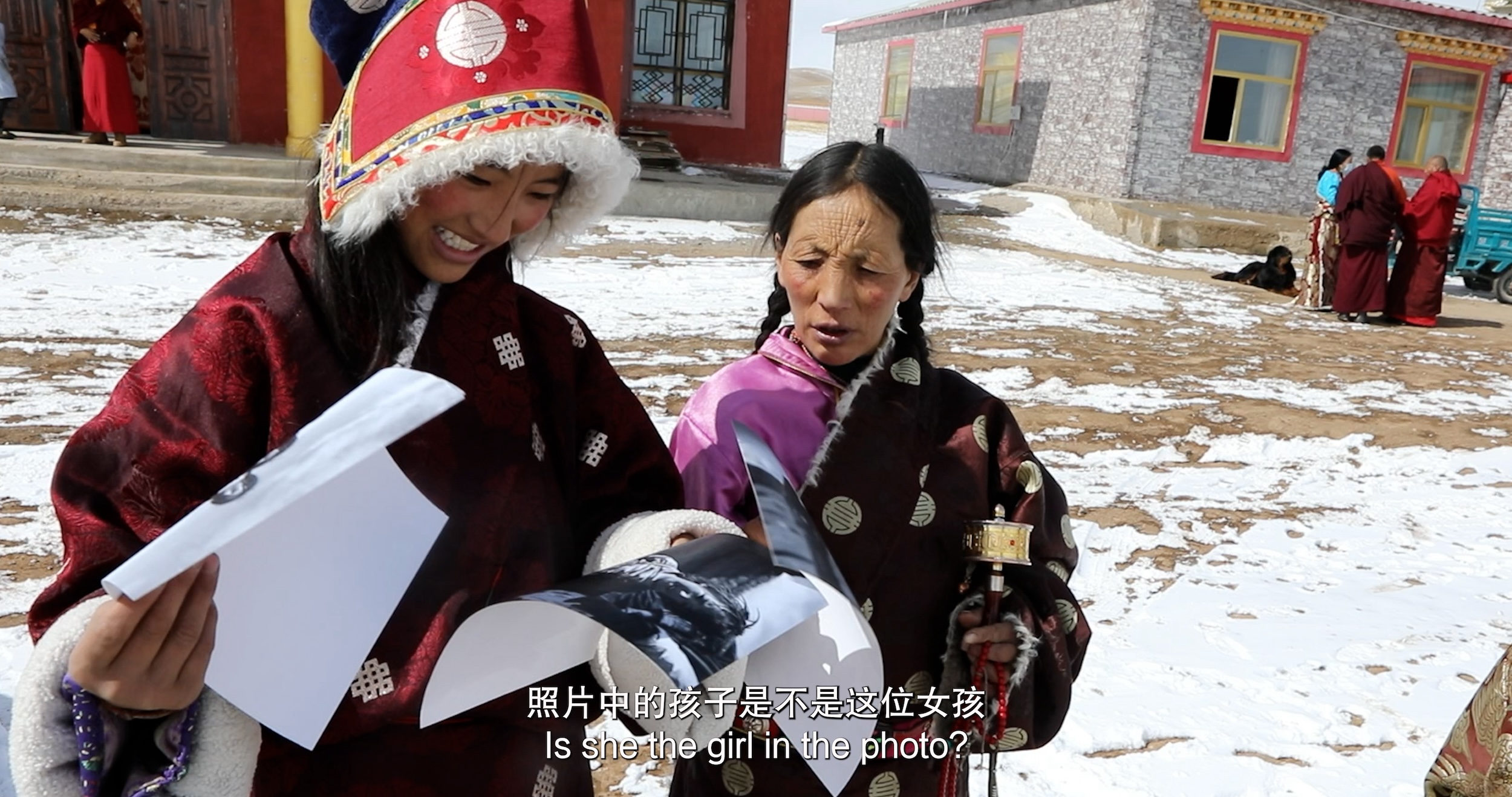
Ancestral Futures – Brazilian Contemporary Scene
At the back of the Eglise de Trinitaires, Bahaina artist Glicéria Tupinambá’s film Dancing with the Tupinambá displays the powerful process of reclaiming tradition, via crafting a sacred Tupinambá cloak. The cloak, made from the feathers of indigenous birds, has become a symbol of reclamation because many of the oldest surviving cloaks are now held by Western museums, locked away on display and far from home. Presented as a triptych, Tupinambá’s film showcases the sacred process of constructing these cloaks, which are made collectively by women in their villages; the women patiently wait for the birds to shed feathers, then use intricate, historic sewing techniques to add them together. The triptych form offers a sensory and immersive viewing experience, incorporating the natural landscape, the water, and the community as well as the finished item; visuals of the land and soundscapes of the water are layered as the women display their working process. The film offers a powerful insight into a collective process of craftsmanship, which also builds connection to the environment.
Octahydra, Batia Suter
Batia Suter works with images found in flea-market books and magazines; her always-interesting assemblages divorce the shots from their original contexts, rendering them mysterious, oblique, even sinister. Down in the cryptoportiques, damp underground chambers that date back to the Roman era, Suter is showing images of architecture, from the monumental to the homely, which she’s digitally enhanced and confused. Some of these images are simply propped up on ledges, but the show-stopping aspect of this exhibition is the installation created by architect Sami Rintala, which combines gauzy screens onto which the images are displayed, leak and combine. An environment rather than a show, Octahydra envelops the visitor in light and shade, toying with our perception of space, the 2D nature of photography, how we understand planes. At the end of the dark tunnel a further slideshow offers diaphanous images of plastic packaging, designed to encase but remain largely unseen. An exhibition about display, Octahydra therefore questions the medium of photography, and our mental and physical relationship with it.
Losing North, Carine Krecke
Housed in the jewel-like Chapelle de la charité, Carine Krecke’s Losing the North wilfully ignores its location, inserting huge black box screens with deliberate disregard for the surrounding beauty. Like the monolith in 2001AD, this work arrives to impart stark information, disrupting the existing environment; Krecke’s short films are about the Syrian civil war and what we saw of it in the West, and her position when working with this material. She started making the videos in 2018, when she stumbled on images charting the destruction of Arbin, a town in the suburbs of Damascus, hidden in Google Maps. Her works also encompass images and identities constructed on social media, and ways in which President Bashar al-Assad – and his hangers-on – presented themselves. “Why do some conflicts disappear into black holes of information?” Krecke asks in one of her voice-overs, a good question, and particularly good at Arles, which once again steered clear of exhibitions about Gaza or Palestine. Krecke’s intense work requires lengthy and even repeated viewings, disrupting the urge to try to zip around shows, to tick off works rather than think and really engage. Losing the North does also beg questions though, such as why it’s the Western perspective, credited to a Western artist, how much we might move beyond the Global North.
Nan Goldin, presentation at the 2025 Kering Women in Motion Award for Rencontres d’Arles, 08 July, Théâtre Antique
One of the most-discussed events of the opening week was Nan Goldin’s presentation at the Women in Motion Award prize-giving. In the Théâtre Antique, a 1st-century UNESCO World Heritage site, almost 2500 people sat under a clear night sky as she showed images, accompanied by a live pianist. After a short Q&A with the festival director, Christoph Wiesner, Goldin was accompanied on stage by French writer Édouard Louis; the word ‘Gaza’ appeared as a giant projection behind them, and the audience started to applaud. What followed was a roughly ten-minute presentation of smartphone footage from across Gaza, showing bread-making, market stalls, children playing games, and bombs, blood, and destruction. As the video came to a close, Goldin and Louis delivered a statement about what is happening in Gaza, Louis adding; “Within a month more 600 people have been killed during food distribution”. At this point a woman from the audience shouted, and it was hard to hear exactly but it sounded like “What about the hostages?” An impassioned exchange followed, between this individual and several supporters, and Goldin – plus other members of the audience, some of whom chanted ‘Free Palestine’.
NO-PHOTO 2025 – No Photo / Double Dummy Studio
An intervention rather than an official exhibition, NO-PHOTO 2025 appeared in the streets. Created and pasted to the walls by volunteers, each display included two posters, one displaying a large black square and a picture credit, the other a text description of what was on the shot. “A bicycle lays on the pavement. As one looks on, four stray cats crawl over a dead body in search of food,” read one, credited to Amr Khaled, Gaza, 4 February 2024; others described similarly desperate scenes. In doing so, NO-PHOTO 2025 inserted the ongoing genocide in Gaza into Les Rencontres d’Arles and commented on its absence, in the festival and beyond. Becoming some of the most-shared shots of Arles online, these sites also showed others noting this presence and absence, and their appetite to talk about both.
